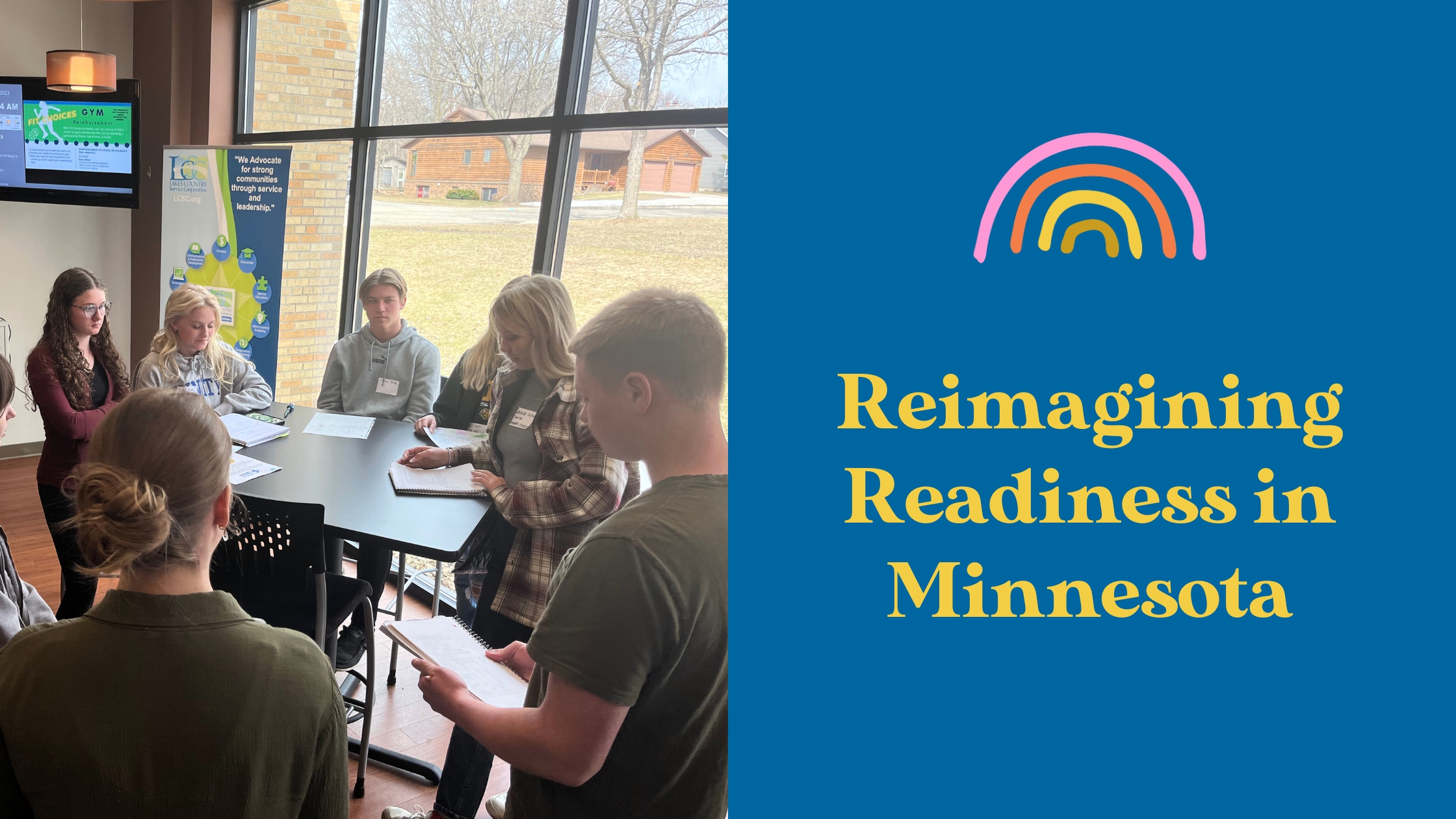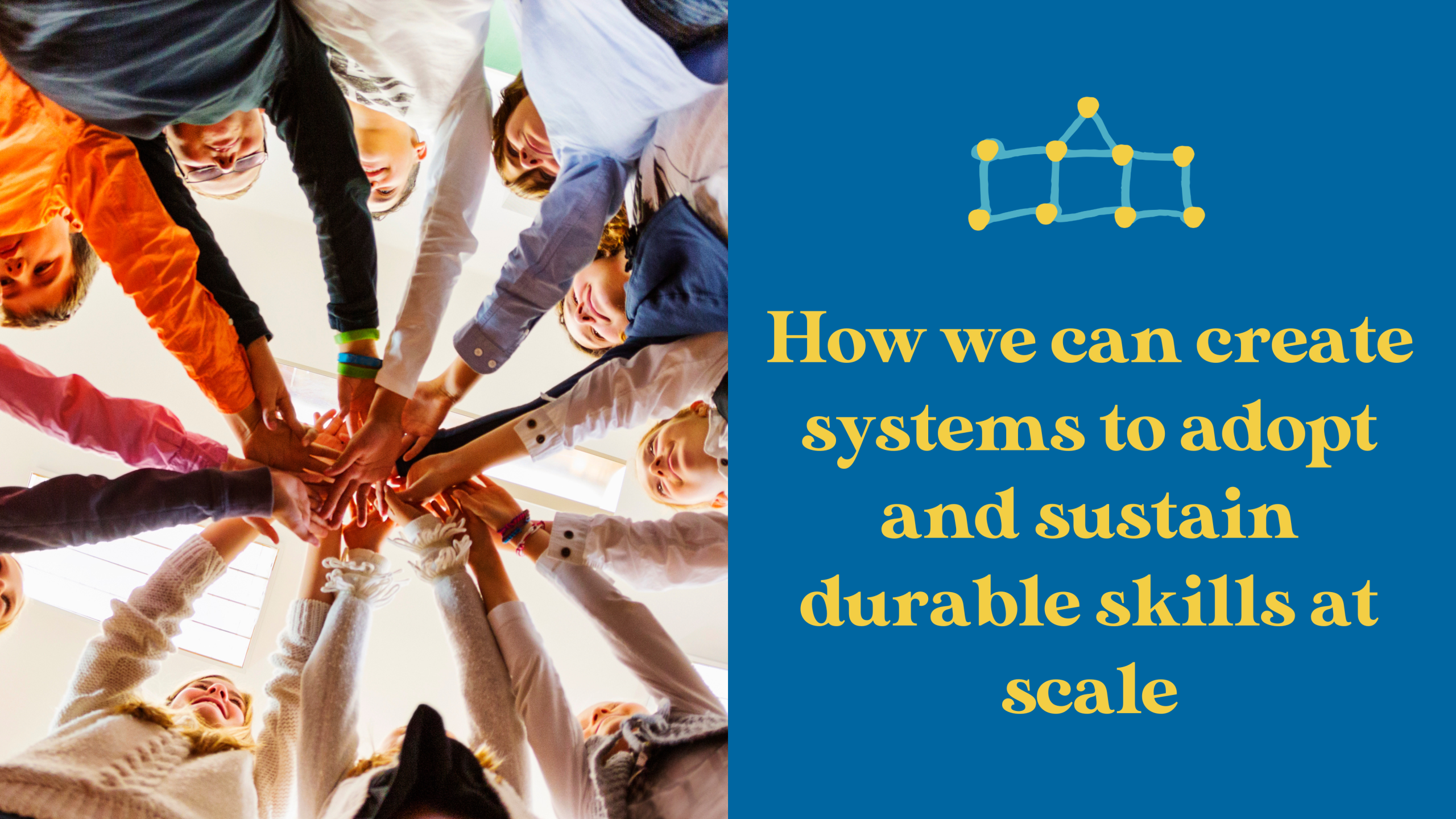Written by Anne Soto
What is school really for?
I grew up a farm kid in a community of 500, where the school wasn’t just a building– it was the heartbeat of the town. Friday night lights, FFA competitions, school musicals, the science fair weren’t “extracurriculars,” they were community life. Everyone showed up, and in turn, community shaped my future.
That’s the unique gift of rural education: the porousness between K–12 education, community assets, and local leaders. Students don’t just learn in classrooms; they’re shaped by business owners, coaches, elders, and neighbors. When schools lean into this porousness, they create the conditions for young people to stay, lead, and reimagine the future of their hometowns.
Yet too often, learning stops at the textbook or the worksheet and the connection to the community ends there. But what happens when knowledge leads to action in the community? Imagine moving beyond an occasional farm field trip or Indigenous history guest speaker to units designed with local leaders. What if students worked with an ag-business to solve a real-world challenge applying math to farm yield data or partnered with the local conservation board to improve water quality in nearby lakes? That kind of learning not only prepares students for meaningful careers, it strengthens the region itself.
Why Rural Matters
Greater Minnesota reflects the dynamics of rural America rooted in agriculture, manufacturing, and natural resources, while navigating shifts in workforce, demographics, and technology. Schools are at the center of this transition: when they thrive, the region thrives.
Educators here carry immense responsibility not just to prepare young people academically, but to equip them with the skills and mindsets needed to sustain local industries, lead civically, and imagine new opportunities that will keep these communities vibrant for generations. And when students present solutions to local employers, town councils, or community organizations, they gain the confidence and sense of purpose to lead right where they are.
What We’re Building Together
Through partnership with Lakes Country Service Cooperative, and with support from Margaret A. Cargill Philanthropies, World Savvy is launching the Future Ready Rural Schools Learning Lab starting with two West Central Minnesota schools. Together we will:
- Elevate student voice so young people are co-creators of solutions for their schools and towns.
- Equip educators with tools and networks to connect learning with real-world impact.
- Keep schools at the center of civic, cultural, and economic life.
In doing so, we’re not only preparing students for the future — we’re strengthening the fabric of rural communities themselves.
Looking Ahead
In the months ahead, we’ll continue learning alongside educators, students, and community leaders, co-creating models of readiness rooted in the strengths and aspirations of rural Minnesota.
We are grateful to walk this path with Lakes Country Service Cooperative and Margaret A. Cargill Philanthropies and most of all, with the students who remind us daily that the future of our communities begins in our schools. We invite you to follow this journey as we share stories of young people shaping what’s next for Greater Minnesota.

